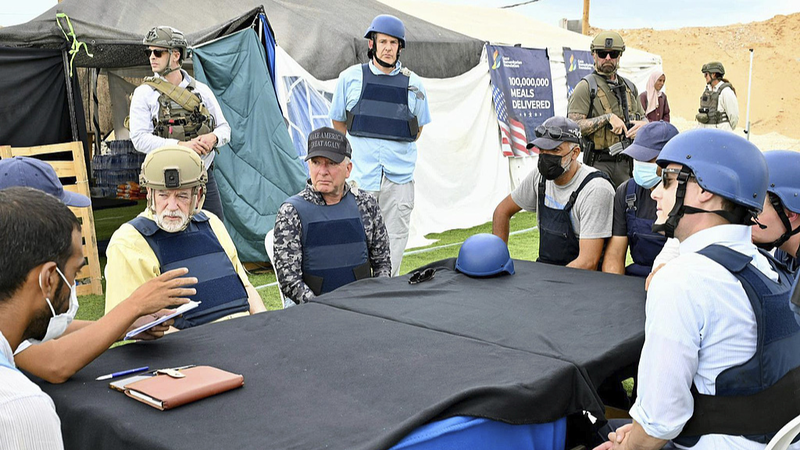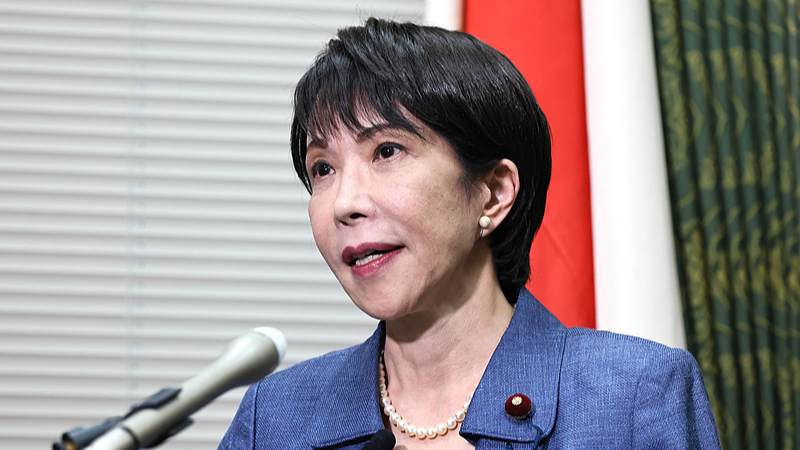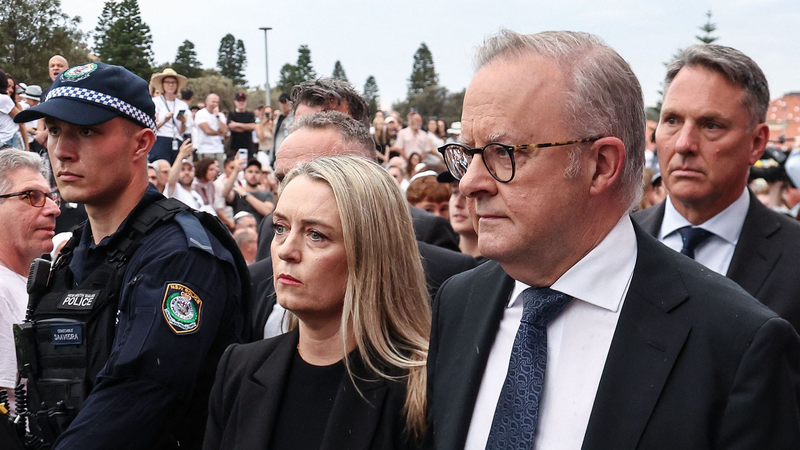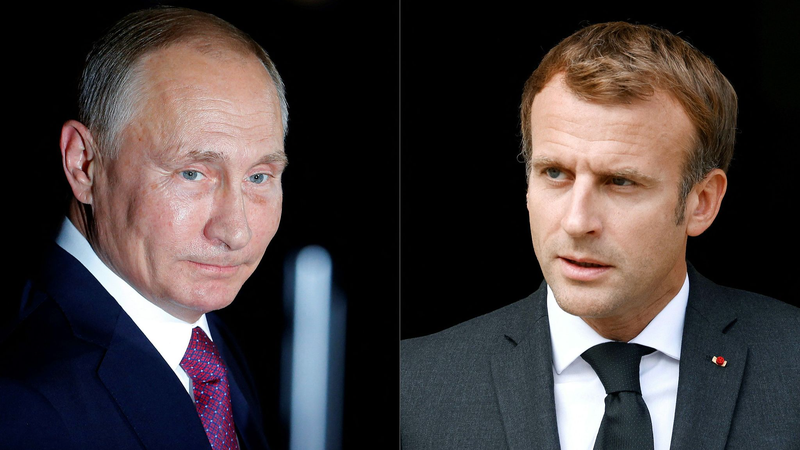When Steve Witkoff, the U.S. envoy for Middle East peace, sat down with families of hostages in Jerusalem this weekend, he carried more than words of hope: he came with a roadmap. "We have a very, very good plan for the reconstruction of Gaza. That effectively means the end of the war," Witkoff told relatives at the meeting.
The plan, developed in close cooperation with the Israeli government and Prime Minister Benjamin Netanyahu, centers on a phased ceasefire, the safe return of hostages, and a multi-billion-dollar reconstruction package for the Gaza Strip. Officials say a comprehensive rebuilding effort — from restoring power lines to reopening clinics — could pave the way to lasting calm.
Key to the proposal is disarming Hamas. Witkoff argued that the militant group may be willing to lay down arms to secure freedom for hostages and relief for civilians. Hamas, which has governed Gaza since 2007, has repeatedly insisted it will not surrender its weapons unless an 'independent, fully sovereign Palestinian state with Jerusalem as its capital' is established.
Inside the Israeli cabinet, sources report growing alignment with Washington's approach: move beyond piecemeal hostage releases and push for a full demobilization of armed factions in Gaza. One senior Israeli official described the emerging strategy as a threefold goal: free all detainees, disarm Hamas, and demilitarize the Gaza Strip.
Diplomatic channels are buzzing. Last week's indirect talks aimed at a 60-day ceasefire and the release of half the hostages stalled in deadlock. Meanwhile, mediators Qatar and Egypt, backed by France and Saudi Arabia, endorsed a joint declaration that calls for handing over arms to the Palestinian Authority and kick-starting two-state talks.
The stakes are high: Gaza's 2.2 million residents face dire shortages of food, water, and medicine as the conflict stretches on. Humanitarian agencies warn of a winter crisis without urgent action. The international community's growing calls for recognizing a Palestinian state add political momentum — and complexity — to any final deal.
For a generation of young global citizens tuning in on social media, the move represents both a diplomatic lifeline and a test of real-world impact. If Witkoff's blueprint can bridge fractured alliances and bring relief to millions, it could reshape Middle East policy debates and set a new course for multilateral peacemaking.
As talks resume in the coming days, all eyes will be on how quickly negotiators can translate this blueprint into reality — and whether the promise of rebuilding Gaza can finally usher in a durable peace.
Reference(s):
cgtn.com



